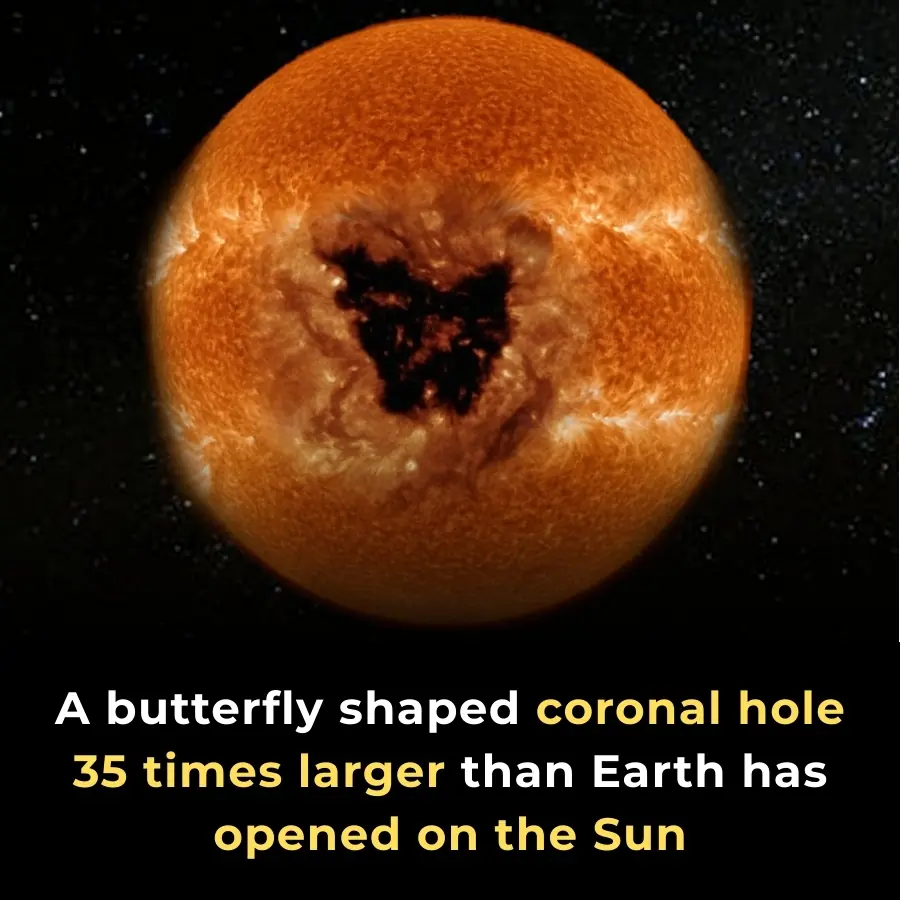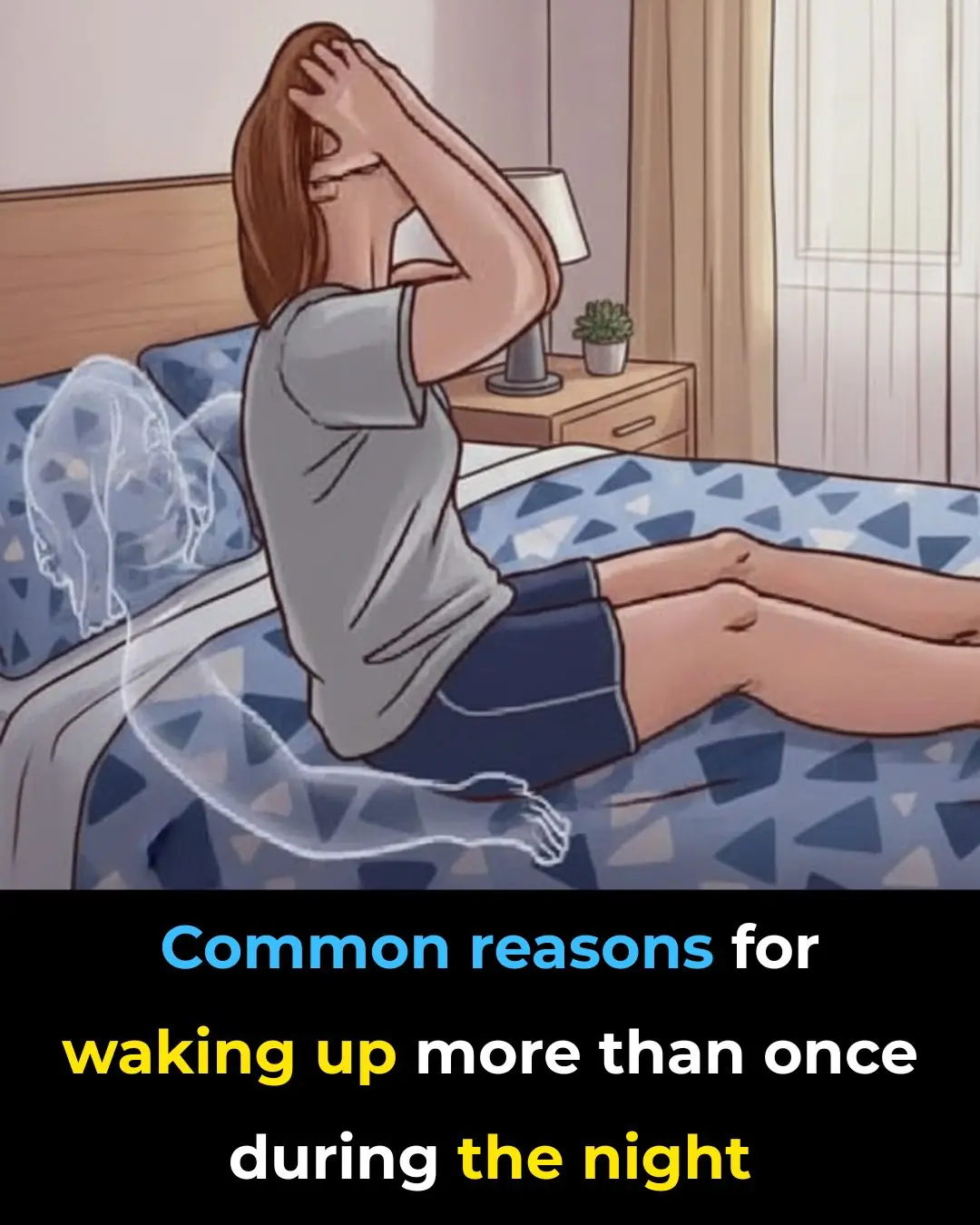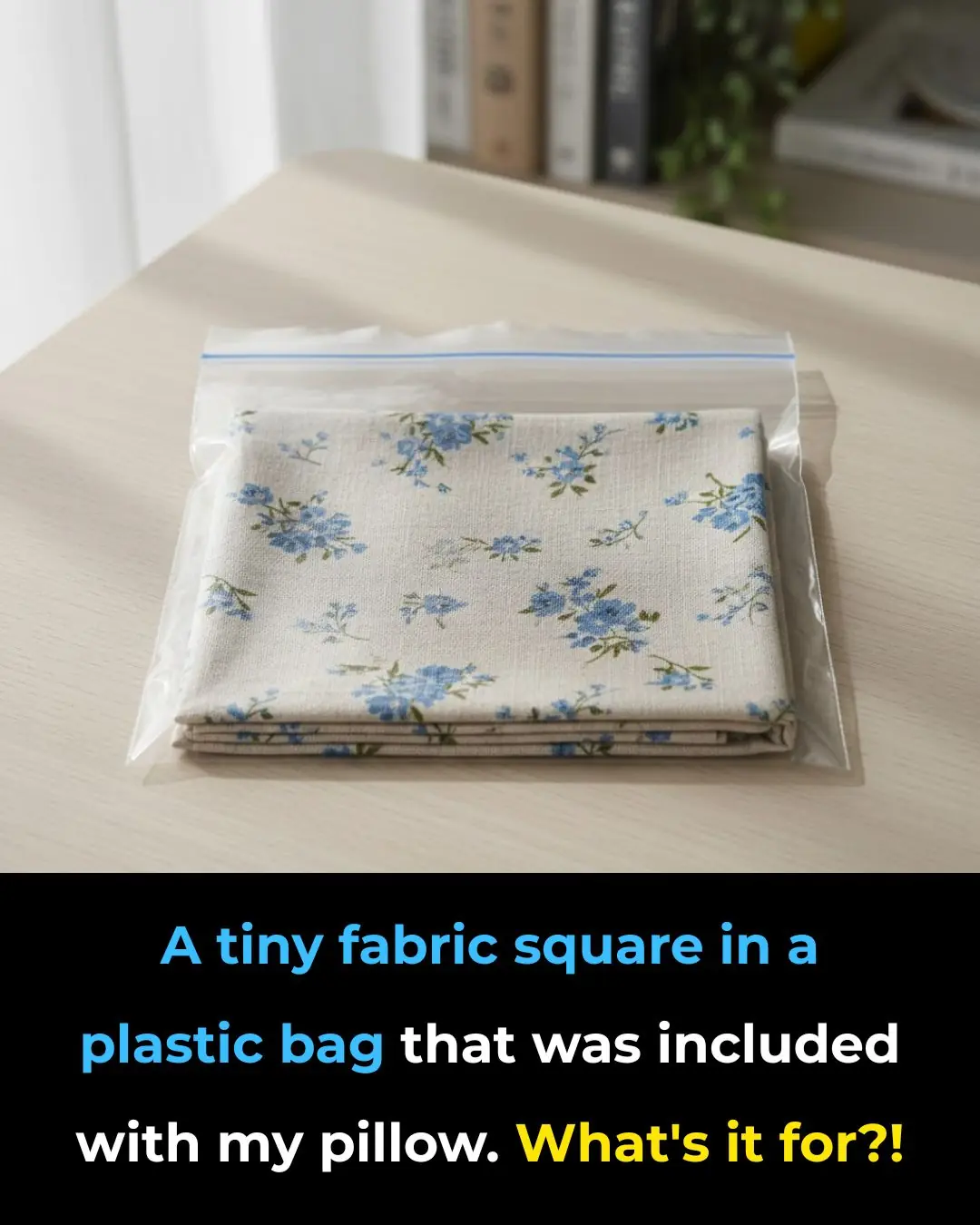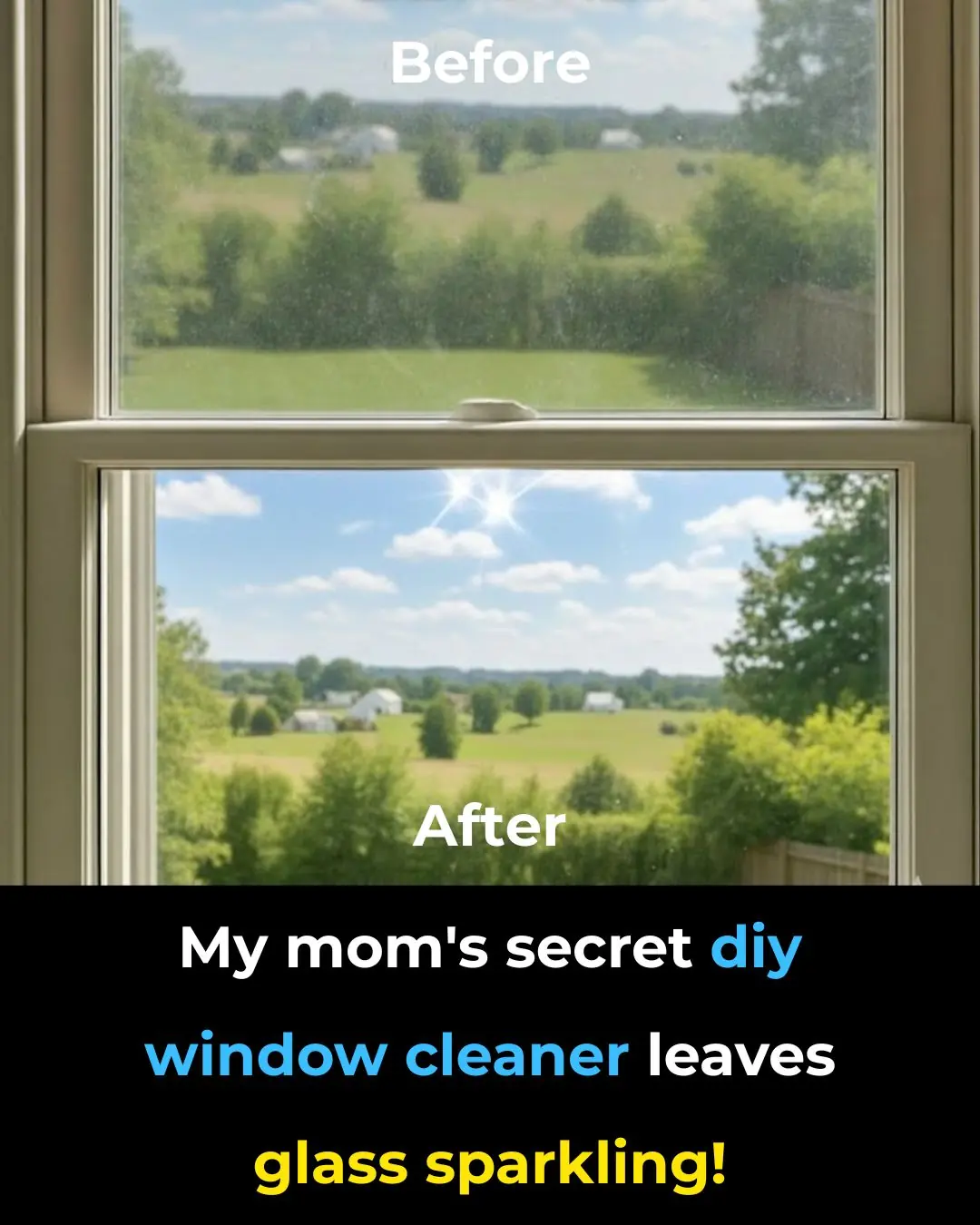
How Artists and Engineers Are Confusing Facial Recognition AI
Masks That Confuse AI Facial Recognition
Artists and engineers have teamed up to develop masks that can confuse AI facial-recognition systems from nearly every angle. These innovative designs intentionally distort the contours of the face, obscure key features, or apply disruptive patterns that trick the algorithms used by modern recognition software. Some masks are built in 3D, using unusual shapes and textures, while others rely on clever optical illusions that bend or scatter light in a way that misleads cameras.
Adversarial Masks from Research Institutions
One of the most well-documented examples comes from researchers at Ben‑Gurion University and Tel Aviv University, who created an “adversarial mask” featuring a carefully generated pattern. When applied to a cloth mask, this pattern reduced a facial-recognition system’s ability to identify wearers to less than 4% in real-world CCTV tests — compared to over 80% recognition when using standard masks. This shows how a physical mask, when designed with adversarial machine-learning techniques, can substantially undermine AI’s effectiveness.
Advanced Mask Designs and Subtle Perturbations
More recently, other researchers have pushed the concept further. In a 2023 paper, a research team proposed a style‑optimized adversarial mask that hides perturbations inside visually appealing textures—making the mask more subtle while still fooling facial-recognition models, even in physical use. Similarly, another study introduced a “faced mask” design that tricks not only recognition systems but also “mask‑detector” models, meaning the mask looks ordinary while confusing multiple layers of AI. (Huihui Gong et al., Jiayi Zhu et al.)
Digital Anti-Recognition Tools
Meanwhile, on the digital side, privacy researchers continue to fight back as well. At Georgia Tech, a team developed an AI tool named Chameleon that creates invisible digital masks for photos. These subtle alterations are almost imperceptible to humans but are enough to fool facial-recognition systems when images are shared online.
Artistic Approaches to Anti-Surveillance
Historically, anti-surveillance artists have also contributed to this push. For example, the concept of computer-vision dazzle makeup—strong lines, bold colors, and asymmetrical patterns—can confuse traditional facial-recognition software. (Adam Harvey / CV Dazzle)
The Ongoing Battle Between Privacy and AI
That said, the effectiveness of these masks isn’t absolute. As facial-recognition technology evolves, companies continuously upgrade their algorithms, meaning that what works today might be less effective in the future. Still, these designs highlight a growing arms race between privacy advocates and AI surveillance — a battle waged not only through software, but with the very patterns and shapes we wear.
News in the same category


Over a Million ‘Giant Eggs’ Discovered Near Deep-Sea Hydrothermal Vents

World’s First Full Human Eye Transplant Shows Promising Survival

How Childhood Trauma Shapes the Brain: Insights from Neuroscience

NASA Spots Giant Butterfly-Shaped Coronal Hole Sending Solar Wind Toward Earth

4 Items You Should Never Store in the Freezer — Ignoring Them Could Be Life-Threatening

Subtle Signs of Kidney Cancer That Are Easily Overlooked

It’s Time to SAVE YOUR KIDNEYS by Eating These 3 Foods: Familiar but Not Everyone Knows How to Use Them

U.S. doctor reveals how to remove pesticides and dirt from fruits — just a few simple steps to protect your family

You’re storing garlic and onions wrong — here’s the right way

10 simple ways to reduce dust at home that most people overlook

You’re Doing It All Wrong: Here’s the Right Way to Defrost Frozen Pipes

I Didn’t Know!

Powerful Health Benefits of Pineapple You Should Know

Why You Keep Waking Up at Night
China Just Launched the World’s First 10G Home Internet — And It Signals the Future of Global Connectivity

Good to know!

I had no idea
